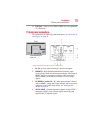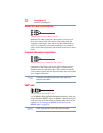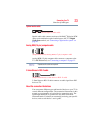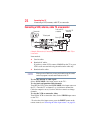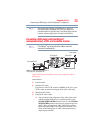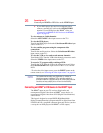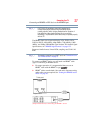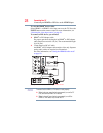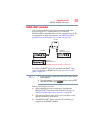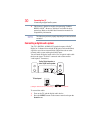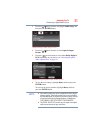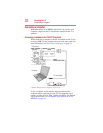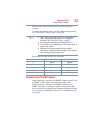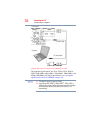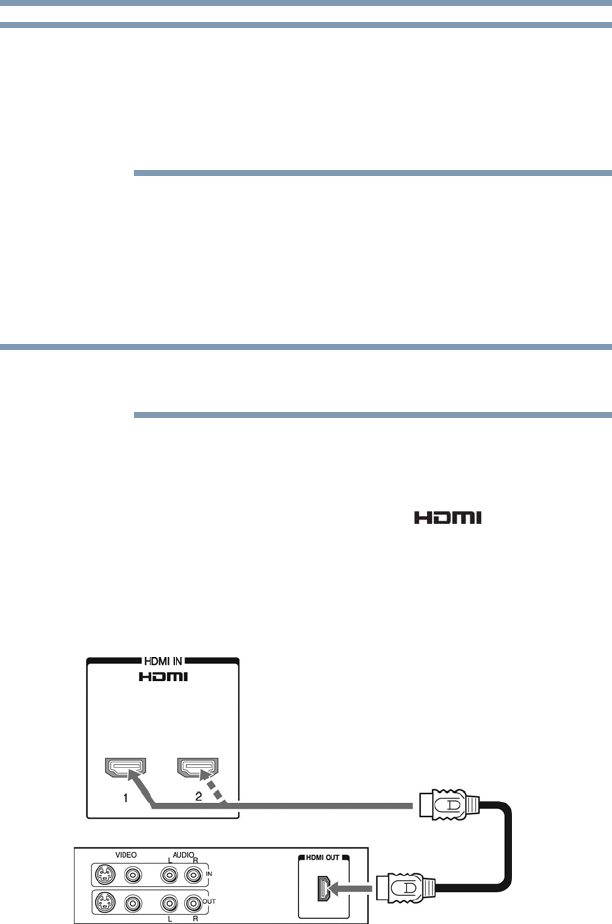
27
Connecting Your TV
Connecting an HDMI® or DVI device to the HDMI® input
EIA/CEA-861-D compliance covers the transmission of
uncompressed digital video with high-bandwidth digital
content protection, which is being standardized for reception of
high-definition video signals. Because this is an evolving
technology, it is possible that some devices may not operate properly
with the TV.
The HDMI
®
input can accept and display VGA, SVGA, XGA,
WXGA, SXGA, 480i (60Hz), 480p (60Hz), 720p (60Hz), 1080i
(60Hz), and 1080p (24Hz/60Hz) signal formats. For detailed signal
specifications, see “HDMI® signal formats” on page 122.
Supported Audio format: Linear PCM, sampling rate 32/44.1/48
kHz.
To connect a computer to the HDMI
®
input, see “Connection to the
TV’s HDMI® terminal” on page 33.
To connect an HDMI
®
device, you will need one HDMI
®
cable
(type A connector) per HDMI
®
device.
❖ For proper operation, it is recommended that you use an
HDMI
®
cable with the HDMI
®
Logo ( ).
❖ HDMI
®
cables transfer both video and audio. Separate analog
audio cables are not required. See “Setting the HDMI® audio
mode” on page 50.
(Sample Illustration) Connecting an HDMI
®
device
NOTE
NOTE
TV back panel
Playback device



